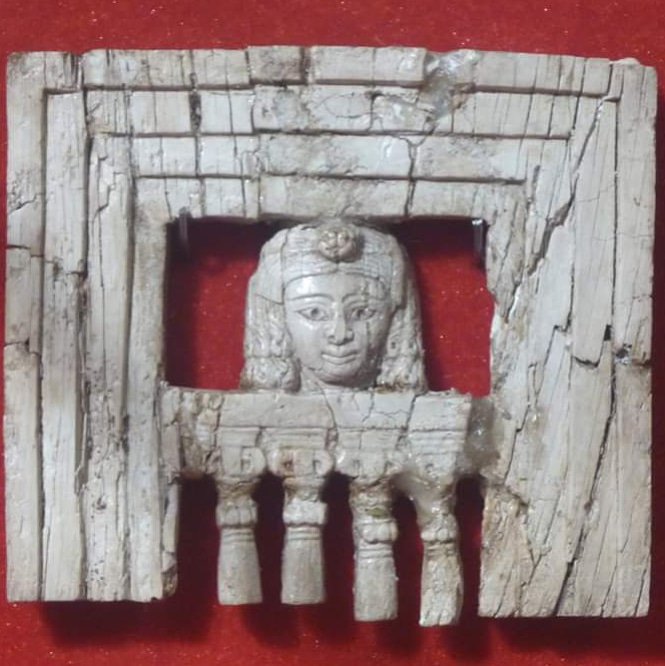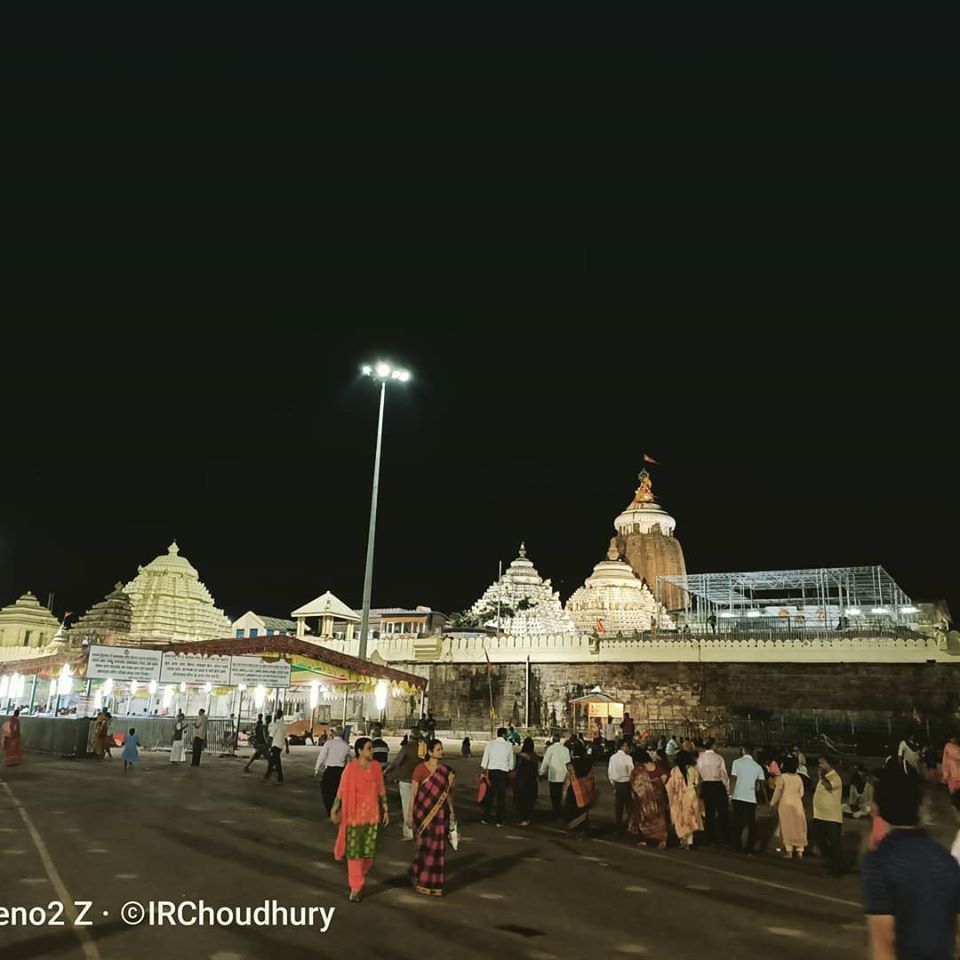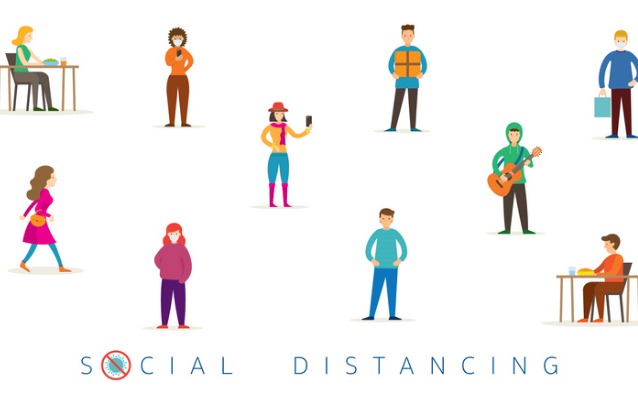Near the end of World War One (WWI), nasty flu started spreading around the world. The virus, which was responsible for the disease that became known as Spanish flu, infected over a quarter of the world’s population. With an estimated death toll of between 50 million and 100 million, it was one of the deadliest pandemics in human history.
As per an article on BBC, in the midst of this pandemic, during September 1918, cities around the US were planning parades to promote liberty bonds, being sold to help pay for the war effort in Europe. In Philadelphia, Pennsylvania, where 600 soldiers were already infected with the flu virus, city chiefs decided to go ahead with their parade. Meanwhile, the city of Saint Louis, Missouri, opted to cancel their parade and introduce other measures to limit public gatherings. One month later, more than 10,000 people in Philadelphia had died of Spanish flu, while the number of fatalities in Saint Louis stayed below 700. The parade was not the only reason for the difference in death rates, but the figures show the importance of measures now known as “social distancing” during pandemics.
Just over 100 years later, the world is facing another pandemic, this time from a different virus — the Covid-19 coronavirus. Today the global population stands six billion higher than it did in 1918. While COVID-19 is different in many ways from the Spanish flu — particularly in terms of who it affects and its mortality rate so far — there is a very important lesson about the difference social distancing can make. It might still be one of the best ways of fighting this pandemic.

Social distancing is a wider measure aimed at stopping the kind of mixing of people that allows infections to spread through a population. While self-isolation is a form of social distancing, there is an important distinction to be made. Self-isolation and quarantine are aimed at preventing people who are infected or are known to have had contact with people who are infected from passing on the virus.
There is already some evidence that staying at home, and maintaining a safe distance from others, can slow the spread and stop this domino effect. The R0 of the new coronavirus so far seems to hover around 2 to 2.5, according to the World Health Organization. Research looking at infections in Wuhan showed that the introduction of large-scale control measures saw the reproduction number (R0, pronounced as R-naught) in the city fall from 2.35 to almost one. When a reproduction number reaches one, the number of cases will stop rising as effectively each infected person is passing it on to just one other person.
The basic reproduction number, R0, is defined as the expected number of secondary cases produced by a single (typical) infection in a completely susceptible population. It describes what would happen if an infectious person were to enter a fully susceptible community, and therefore is an estimate based on an idealised scenario.
Social distancing measures are steps you can take to reduce social interaction between people. Isolation is a health care term that means keeping people who are infected with a contagious illness away from those who are not infected. Isolation can take place at home or at a hospital or care facility.
The concept of isolation during sickness to avoid spreading the contagious infection is nothing new. Lord Jagannath (Lord of the Universe) goes into isolation every year with his siblings for 15 days after falling sick. This ritual has been observed in the temple of Lord Jagannath in Puri for around a thousand years. Puri Jagannath temple is one of the four major Dhams of Hindus.

During the bathing festival (Snana Purnima) the Deities of the temple have a bath with 108 pots of cold water to fight the heat of summer. After this royal bath ceremony, the three Deities fall sick and are taken to ”Anasar Ghar” (isolation room) where they undergo treatment and recover after 14 days. During the stay of deities inside the Anasar Ghar, the deities are offered only fruits and water mixed with cheese and Dashamula medicines to cure fever and are treated by the Raj Vaidya with specific medicines. Dashamula (in English it means ten roots) is an Ayurvedic medicine practised in India for ages to cleanse and treat various types of health issues. The devotees are not allowed to have a darshan of the Holy Trinity. This period is known as ‘Anasara’ or ‘Anavasara’ period commences from Jyestha Purnima and ends with Ashadha Amavasya of the Hindu calendar.
In his masterpiece, ‘The Canon of Medicine’, which was published in 1025, Ibn Sina – a Persian polymath regarded as one of the most significant physicians, astronomers, thinkers and writers of the Islamic Golden Age, and the father of early modern medicine – argued that a 40-day period of quarantine was essential to weaken the spread of contagious infections.
The same strategy is now the call of the hour to beat the menace of novel coronavirus. The incubation period — the time between infection and symptoms appearing — has been found to be around five days for COVID-19, although it can take up to 14 days for symptoms to appear, according to research in China. If you are infected, and continue to socialize as normal, it is likely you will pass the virus on to between two and three friends or family members, who could each then go on to infect a further 2-3 people. Within one month one case can lead to 244 other cases in this way and in two months, this soars to 59,604!

The concept of isolation and social distancing is not new and has been practiced for centuries, and the novel coronavirus has reminded us of the age-old wisdom that we forgot in the hustle and bustle of our modern life.

Social distancing does not necessarily mean stopping all contact. The idea is to “flatten the curve,” or slow the spread of the virus, decreasing the number of people who get sick at one time and the risk of overwhelming our medical system. This is about risk mitigation. Technology has brought us social media, messaging apps, and online video calls. And if it keeps the ones we love around us safe, it may ultimately be worth it.
Coronavirus is a socially transmitted disease, and we all have a social contract to stop it. Canceling, postponing or moving online for our work, education and recreation may be inconvenient, annoying and disappointing. But hospitals need to have enough room, supplies and staff to care for those who need hospital-level care whether it’s for coronavirus, a heart attack, car crash, broken bone or birth. That’s why it’s important to listen to public health authorities and leaders if and when they say it’s time to change how we live our lives temporarily. Stay safe, flatten the curve, and break the chain!


Interesting history on Social Distancing. Also, Quarantine similarly started in Italy where the sailors from plague-infested areas were kept isolated for 30 days initially and later on for 40 days. From that 40, the word Quarantine has started. Nice post.
LikeLiked by 3 people
Thanks Nilanjana for adding on quarantine. 🙂
The practice of quarantine, as we know it, began during the 14th century in an effort to protect coastal cities from bubonic plague epidemics. Ships arriving in Venice from infected ports were required to sit at anchor for 40 days before landing. The English word “quarantine” is a direct descendent of quarantino, the Italian word for a 40-day period.
Health officials may have prescribed a 40-day quarantine because the number 40 is found as sacred in many traditions without any universal explanation for its use. In Jewish, Christian, Islamic, and other Middle Eastern traditions, when God flooded the Earth, it rained for 40 days and 40 nights, and Jesus fasted in the wilderness for 40 days. Moses spent forty days and forty nights on Mount Sinai. In modern Christian practice, Lent consists of the 40 days preceding Easter. Muhammad was forty years old when he first received the revelation. In Hinduism, some popular religious prayers consist of forty shlokas or dohas (couplets, stanzas). The most common being the Hanuman Chalisa (chaalis is the Hindi term for 40).
The forty-day quarantine proved to be an effective formula for handling outbreaks of the plague. According to current estimates, the bubonic plague had a 37-day period from infection to death.
LikeLiked by 1 person
Nicely explained. We the Indians are doing the same thing -breaking the chain of spreading. We are now under 21 days of lockdown. Today 2nd. Day. Hope this will reduce the spreading of the virus. Stay safe.
LikeLiked by 2 people
Thanks, this 21-day lockdown will have a substantial impact. It will also reassure us that in case of need, we all can be together as a nation ignoring our differences and difficulties.
LikeLiked by 1 person
👍👍
LikeLiked by 1 person
Here is a contrarian view 🙂
https://www.pensford.com/why-flattening-the-curve-is-overrated/
LikeLiked by 1 person
A contrarian view is appreciated.
It’s a fact that COVID-19 is spreading and at an alarming rate at some places like Italy, Spain etc. It’s a contagious disease. Its spread can be reduced either by a preventive measure like vaccine, which is not currently available or by reducing the transmission, for which isolation and social distancing are needed.
Until the time a suitable vaccine is found to prevent COVID-19, there is an urgent need to reduce its transmission to bring down its speed of spreading or R0. For that, there is no other option than isolation.
Adverse impact of prolonged isolation on economy is never doubted, some people may face problems during this period of isolation or lockdown, but we can revive the economy again, if we are alive. No economy can prosper during an epidemic, when everyone is scared.
I believe that if isolation keeps the ones we love around us safe, it may ultimately be worth it.
LikeLiked by 2 people
Very well written and informative. Even the Comments too throw light on the number 40 that’s sacred to all religions.
I have something to add not related to quarantine or social distancing.
Dashmula is a very potent ingredient in Ayurveda. As a brand manager, I had the complete range of Asava-Arishta in my portfolio and Dashmularishta was one of the most popular product enjoying pan India patronage. We wanted to promote it as brand and in the process of creating a communication for it realised that though it was popular across the country it had different usage in north vis-a-vis south. While in North India, it was extensively used as lactation inducer and prescribed to lactating mothers, it was a immunity booster in down south especially in Kerala where Ayurveda is highly popular.
Another funny thing came to light is that in some parts of UP and Bihar, Dashmularishta was fed to cattles to improve quality and quantity of milk.
LikeLiked by 1 person
Thanks, Aro. Ah, yes Dashmularishta is a Dabur product. It is used in the treatment of anaemia, after delivery care of mother, cold, cough, digestive disorders etc. Thanks for the inputs.
LikeLike
Day 8 of Lockdown in South Africa : Ive only just learned from my Uncle about the Spanish Flu. Very disturbing, the rapid spread of the pandemic. Thanks to you, ive learned more.👌
Interesting but very scary times.
LikeLiked by 1 person
Thanks, Kavitha. Stay safe and keep blogging.
LikeLike
Blogging, making relishes, baking, gardening and the 3 C’s… cooking, cleaning, cleansing, 🙈😅
LikeLiked by 1 person
We were just running after some mirage-like goals. The social distancing, the isolation, and the lockdown have given us a unique opportunity to look at our lives from a different perspective.
LikeLike
True that is.
Reset. Healing. Family time snd priorities. 🤗
LikeLiked by 1 person
👍👍😀
LikeLiked by 1 person
very well explained..
Thanks for sharing..
LikeLiked by 1 person
Thanks, sir.
LikeLike